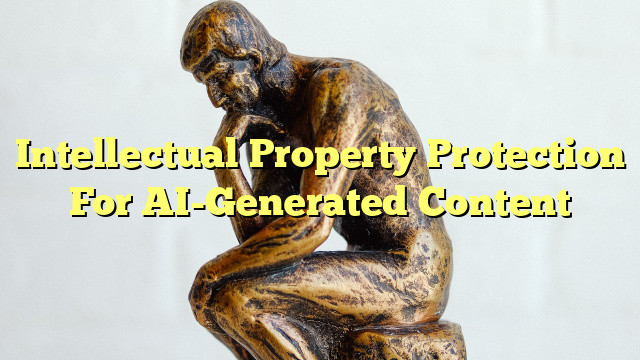Table of Contents
How do I protect AI-generated content?
Protecting AI-generated content can be a complex task, but there are several steps you can take to safeguard your intellectual property:
- Register your work with relevant intellectual property offices.
- Include copyright notices on your AI-generated content.
- Use watermarks or digital signatures to indicate ownership.
- Keep records of the AI algorithms and training data used to generate the content.
- Consider using licensing agreements to control the use of your AI-generated content.
Are AI-generated content copyrighted?
The question of whether AI-generated content is eligible for copyright protection is a complex legal issue. In many jurisdictions, copyright law requires human creativity for protection. Since AI-generated content is created by algorithms, it may not meet this requirement.
However, some countries have started to recognize AI as a tool for human creators, and copyright protection may be extended to AI-generated content if it meets certain criteria. It is important to consult with legal experts to understand the specific laws and regulations in your jurisdiction.
Is AI-generated work protected by copyright?
The protection of AI-generated work by copyright law is still a topic of debate and varies from country to country. In some jurisdictions, AI-generated work may not be eligible for copyright protection because it lacks human authorship.
However, there are arguments that AI-generated work should be protected, considering the significant resources and efforts involved in developing the AI algorithms and training data. Some countries are exploring the possibility of granting copyright protection to AI-generated works under certain conditions.
How can we protect intellectual property from AI?
Protecting intellectual property from AI poses unique challenges, but there are strategies that can help:
- Develop robust AI algorithms and models that are difficult to replicate.
- Implement security measures to prevent unauthorized access to AI systems.
- Use encryption techniques to protect sensitive data used in AI training.
- Monitor and enforce intellectual property rights through legal means.
- Stay updated on the latest developments in AI and intellectual property laws.

